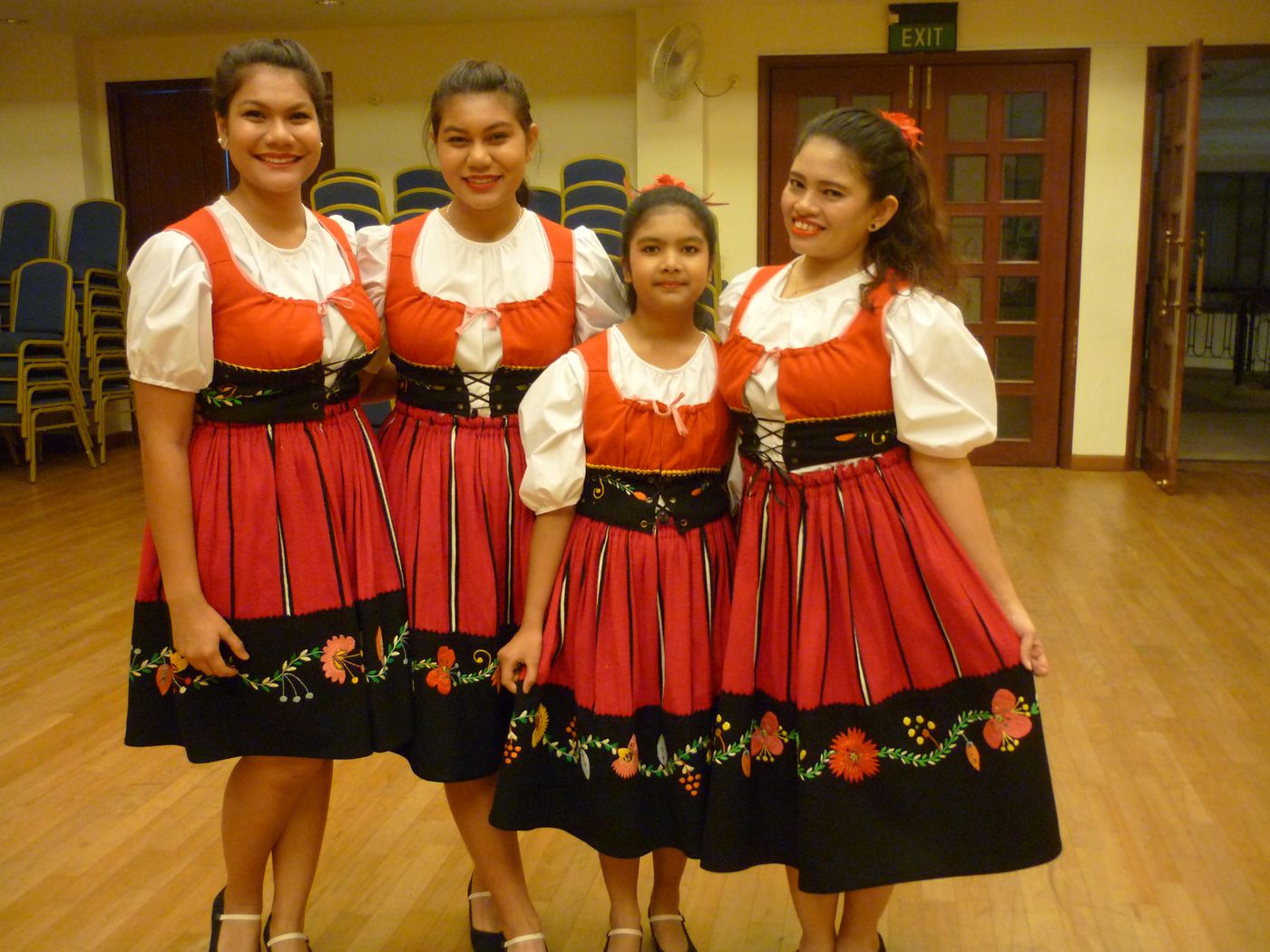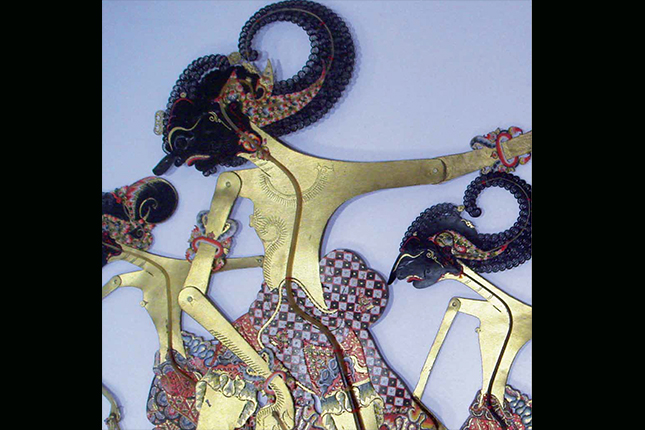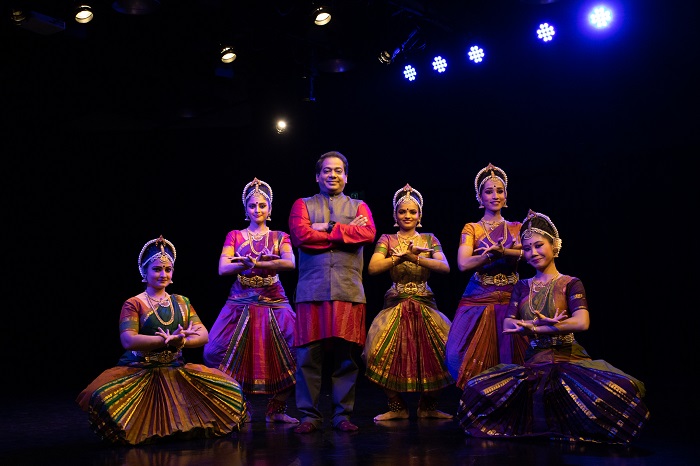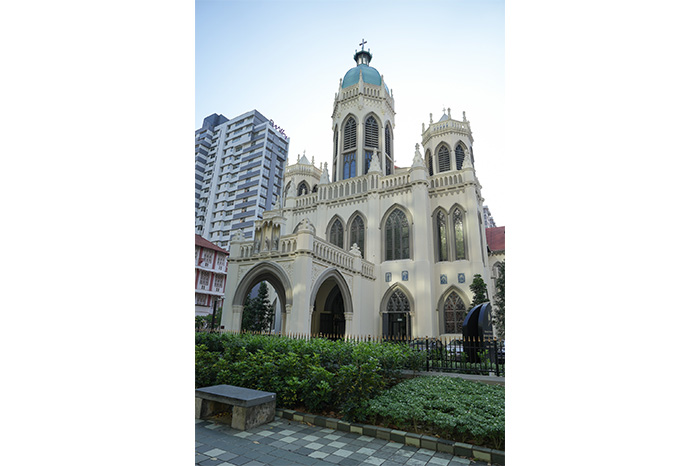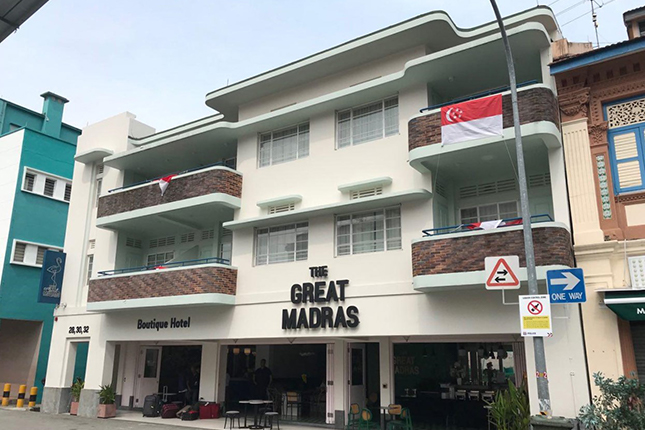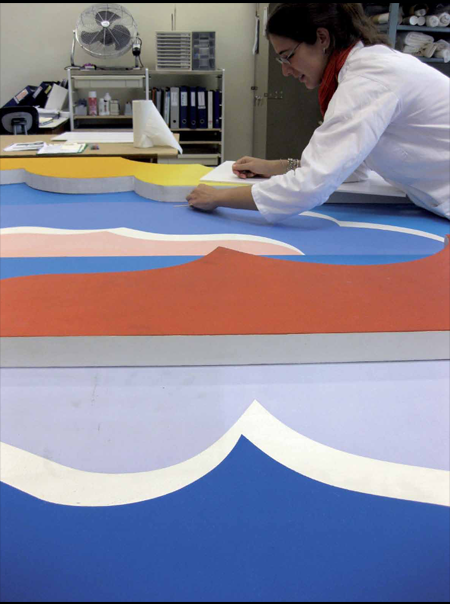The Jinkli Nona Song and The Branyo Dance
Fair Maiden, Fair Maiden, I want to marry you! So begins the courting song, Jinkli Nona. Colourful and teeming with energy, The Jinkli Nona, as a song, is commonly associated with the branyo, a dance performed by the Eurasian community in Singapore.
The Jinkli Nona song was popularly sung in Portuguese colonies, where it was localised and interpreted in various versions. The version in Singapore is written and sung in Kristang, a creole language with derivatives from Portuguese and Asian languages. Similarly, the branyo is a Portuguese-inspired communal dance. It is believed that the branyo was adapted from the European dance known as the branle.
There are many versions of the Jinkli Nona, and the version in Singapore draws strongly from the Portuguese traditions in Macau. At some point, the Jinkli Nona song and branyo had become synonymous.
Geographic Location
The Jinkli Nona is typically performed during weddings and festive occasions associated with the Eurasian community, as well as at community events.
Communities Involved
The Jinkli Nona was traditionally practised by Eurasian communities in Singapore. Today, the legacy and transmission of the Jinkli Nona is championed by the Eurasian Association (EA), which aims to increase awareness of the Jinkli Nona among the public.
Associated Social and Cultural Practices
The Jinkli Nona song shares a complex web of historical connections across communities and nationalities, largely drawing on influences from the Portuguese Asian diaspora. Traditionally, the Portuguese used the accordion and other handheld instruments to play the Jinkli Nona tune. In Singapore, sound recordings may be used at community or national performances. However, at family events such as weddings, the tune would be sung by family members, and the lyrics would be improvised as part of the festivities.
The branyo dance, known as a “flirtatious dance” as it is always danced in pairs and dancers move towards and away from their partners, but never touch. Some dance gestures are gender-specific. For example, women keep their hands raised in the air as they turn, while the men keep theirs on their waists.
The costumes reflect the traditional folk dancing costumes in the region of Minho, Portugal. The women’s costume consists of a red sleeveless dress, a white shirt, a black belt, and a headscarf. The dress is elaborately embroidered with colourful flowers. Men wear black pants, a long-sleeved white shirt, a cummerbund, and a hat.
Experience of a Practitioner
Ms Valerie Scully, the former director of the Kristang Cultural Troupe in Singapore, first became interested in the Jinkli Nona after watching a performance at a function. This led her to form a dance group with her church mates, which performed at church functions. In 1991, she formed the Kristang Cultural Troupe under the Eurasian Association.
For the group to survive and grow, she shared that the performers underwent training by professional dancers in Macau. Ms Scully actively promoted the branyo dance and used to give educational talks and tours in the Eurasian Association as well as in schools across Singapore. Today, she is a volunteer with the Eurasian Association, as well as a grassroots leader with the Siglap South Community Centre, which provides the premises for groups to practise the Jinkli Nona.
Ms Scully feels strongly about the folk dance and culture. She says, “It adds a (special) element and vibrancy to the cultural scene of Singapore.”
Present Status
As there is still a demand for the song and dance performances, the Jinkli Nona is here to stay. Ms Scully thinks the dance and culture is embedded in the community, and there will always be someone who will perform the song and dance. The Eurasian Heritage Centre was also helped to promote awareness of the different aspects of Eurasian culture and heritage, including the Jinkli Nona.
However, as the dance is rather energetic, there is always a need for younger enthusiasts to step forward. Ms Scully hopes that families will ensure the knowledge of such culture are passed on to their children.
The Jinkli Nona remains well-loved among the older people in Singapore, even if the dance is less heard of among the younger generation today.
References
Reference No.: ICH-053
Date of Inclusion: March 2019
References
Nor, Mohd. Anis Md. “Blurring Images, Glowing Likenesses: Old and New Styles in Traditional Dances of Malaysia.” Yearbook for Traditional Music, 33: 65-71, 2001.
Ooi, Keat Gin. “Joget.” Historical Dictionary of Malaysia. Lanham: Scarecrow Press, 2009.
Pereira, Alexius. “Eurasian Community and Culture in Singapore.” In Mathew Mathews (ed), The Singapore Ethnic Mosaic: Many Cultures, One People. Singapore: World Scientific Publishing, 2018.




